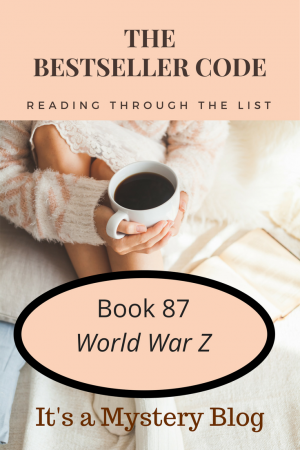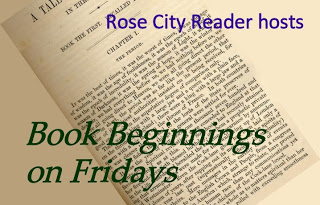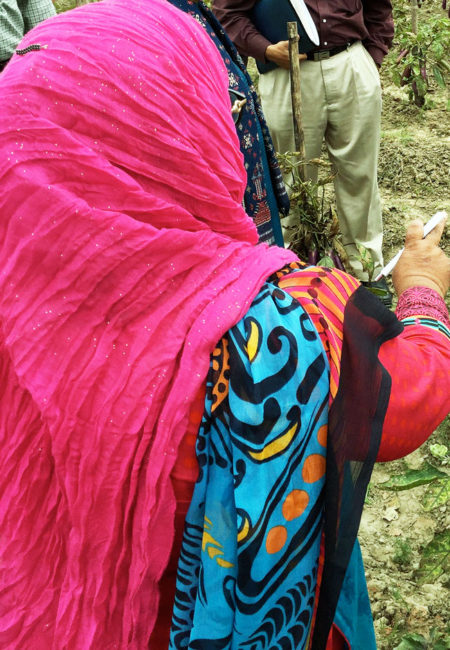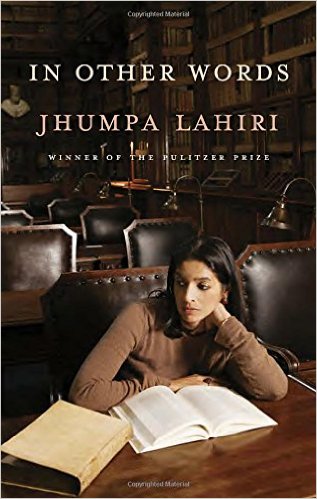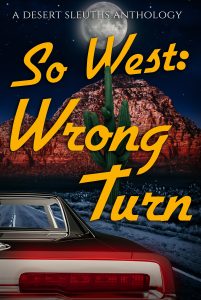Let’s take a look at The Weird Sisters by Eleanor Brown from a writer’s perspective. (The discussion began here.)
This post contains spoilers.
The Weird Sisters by Eleanor Brown

 (*Amazon Affiliate link)
(*Amazon Affiliate link)
What it’s about: Three grown sisters return to their hometown when their mother falls ill. Although they grew up together and all were named after characters in Shakespeare’s plays by their father, the three sisters couldn’t be more different. Will the crisis pull them together or break them apart?
Characters
The three sisters are the main characters, and they share the mantle more or less equally. They are — in birth order — responsible math instructor Rosalind (Rose), chic New Yorker Bianca (Bean), and transient hippie Cordelia (Cordy).
Their mother serves as impact character. Because of events that happen to her, she drives the plot. When she develops breast cancer, the sisters return to their childhood home to be with her. Later, another trip to the hospital changes the dynamic between the sisters. Interestingly, the mother remains unnamed through the novel. She is simply “mother.” Because she appears to drive the plot without having much other relevance, she could be called a MacGuffin.
Their father, James Andreas, is a professor who teaches Shakespeare at the local college. In the novel, he serves as a contagonist of sorts, reacting strongly when Cordy reveals she is pregnant.
Setting
The novel is set in the fictional town of Barnwell, Ohio. It is a typical small Midwestern college town where the faculty and students outnumber the local residents. Rose’s dream is to land a permanent position at the college.
As in most small towns, the residents have known each other for a long time. Their pasts intertwine.

Photo credit: Larry Miller via VisualHunt / CC BY-NC
Unique Voice of The Weird Sisters
One of the unique features of the novel is that it is written in omniscient first person plural. At first the three sisters speak in unison, as if their minds connect into one. Ironically, they speak as one while explaining they aren’t all that loving and cohesive:
We see stories in magazines or newspapers sometimes, or read novels, about the deep and loving relationship between sisters. Sisters are supposed to be tight and connected, sharing family history and lore, laughing over misadventures. But we are not that way. We never have been, really, because even our partnering was more for spite than for love.
As the book progresses and the sisters mature, however, the first person plural starts to fade somewhat as the narration follows each sister. Is it because they have now established their own identities or because the author tired of it as a device? I suspect the former.
Have you read the book? What did you think of the first person plural voice?
Themes
The main theme of the book explores how birth order effects the sisters and their destinies. Even the title refers to it, because the word “weird” takes on the older meaning of its origin word, “Wyrd” or fate. Are the sisters’ fates determined by birth order or can they break free?
A lesser theme is that of stealing or theft. Each of the sisters steals something during the course of the book. Bianca (Bean) is the only one who commits a serious theft and is caught, but even she isn’t made to face severe consequences. She’s merely asked to pay back the money she stole and loses her job. Why do you think the sisters steal? How does it reflect on their characters? Their Midwestern upbringing?
Comments
Reading The Weird Sisters really drives home how different all the novels on this list are. This one is a sweet, close examination of the relationship between three sisters. How did it end up on the same list as the next book, a horror novel about zombies? Perhaps it is time to revisit The Bestseller Code (reviewed here) and see what traits the authors used to pick the novels on the list.
Join us on social media:
__________________
What are we reading next?
If you ever have questions about what we are reading next or when we’re starting the next discussion, check the 100 Book List tab in the navigation bar at the top of the blog.
The next book is number 87. World War Z by Max Brooks (2006) – Discussion begins May 8, 2017
